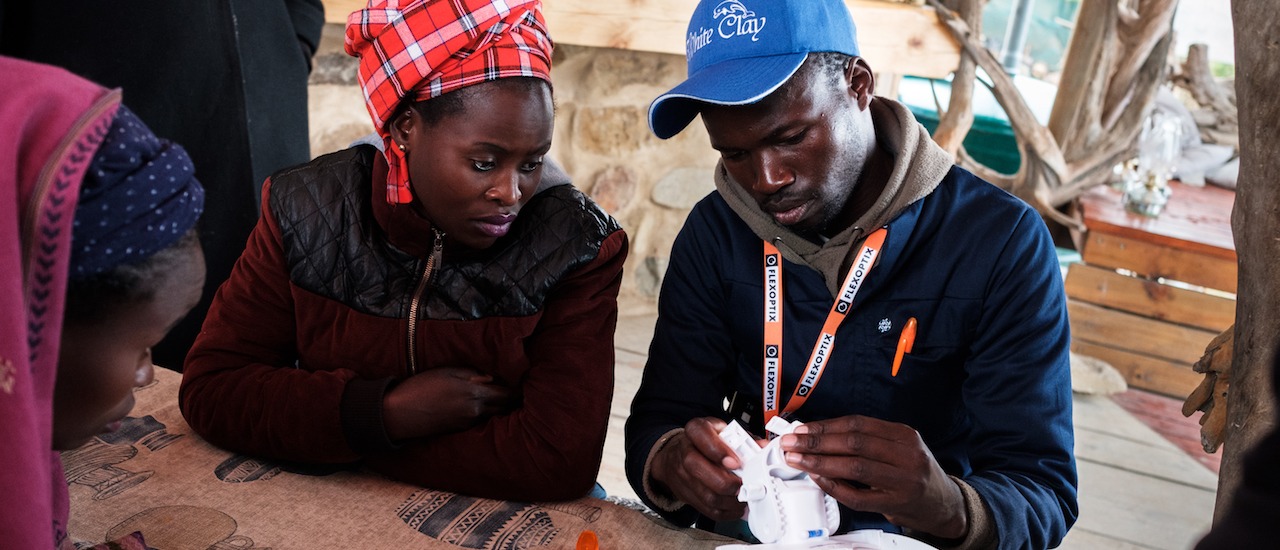At the Virtual Summit on Community Networks in Africa over 200 local connectivity network operators learn better ways to bring affordable and reliable connectivity to underserved communities.
Every year since 2016, community network operators, allies, partners, policymakers, and regulators in the region gather for the Summit on Community Networks in Africa. The gathering enables them to learn, share experiences, collaborate, and find solutions to connect the unconnected.
Last year’s summit was held in Dodoma, Tanzania under the theme Towards Resilient Community Networks. Fantsuam Foundation, one of the oldest community networks in Africa, who after building a vast network lost everything due to sectarian violence, inspired this theme.
This year’s event built on 2019’s theme but focused on navigating new challenges community networks faced in 2020 as they grappled with the impact of the COVID-19 pandemic.
Although the global pandemic prevented a physical gathering for the community networks, it presented an opportunity to reimagine the summit and find ways to promote collaboration, engagement, and learning among community network operators as well as the supporting ecosystem.
During the pandemic, access to the Internet has become a lifeline with day-to-day activities shifting online and responses to curb the spread of the virus with it. This deepens digital inequalities, especially for those living in areas with limited access to connectivity.
So where is hope for the underserved?
Across urban, rural, and remote underserved and unconnected communities in Africa, a new wave of Internet infrastructure is springing up. Unlike most commercially driven connectivity infrastructures in the world, these are socially motivated, installed, owned, and operated by the local communities they serve.
Africa now counts more than 30 community networks that provide affordable connectivity to underserved communities and villages. As community networks grow in the continent to serve more people, they increasingly face numerous challenges. This year’s summit offered a virtual experience convening supporters of the community networks movement to understand the ever-evolving world of community-owned networks.
The first webinar was held in September. It brought together a panel of experts from Nigeria (Fantsuam Foundation), the Democratic Republic of Congo (PamojaNET- La Différence Community Network), and South Africa (Mamaila Community Network). The panel composed of community networks that were at different stages of development. Fantsuam Foundation is the oldest of all the networks, with over 10 years of existence. PamojaNET- La Différence, founded in 2014, has six years of experience, while Mamaila has two.
The discussion featured experiences on how to start and operate community networks. Network governance models, challenges, key learnings, and recommendations that can contribute to growing the community network movement in Africa were also part of the discussion.
A key highlight was the role older community networks play in mentoring and supporting new ones via peer-to-peer exchanges, which can happen both online and offline. One recommendation called for policymakers and regulators to recognize community networks to encourage their growth in the continent.
The second webinar series, held in October, focused on community engagement strategies and ownership for growing community networks in Africa. One panel composed of community network professionals from South Africa (Zenzeleni Networks), Namibia (GrootAhub CN), and Tanzania (Kondoa Community Network).
They shared their experiences engaging community stakeholders, getting local buy in, and promoting local ownership, drawing from years of leading inclusive engagement. The session made it clear that community engagement is a continuous process since the community needs evolve over time. This helps to build community trust and enhances strong relations with all stakeholders.
The third webinar focused on how to leverage alternative public funding sources for community networks such as the universal service access funds. It drew experiences and best practices from Lesotho, Ghana, and South Africa as well as regional research on other African countries on how to effectively harness, mature, and manage public funds such as the Universal Service Access Funds (USAF) to connect more unconnected communities.
USAF are communal funds set up to expand connectivity to the unconnected, funded via mandatory contributions from mobile network operators and other telecommunications providers. However, the panelists said that in many African countries, these funds are underutilized. From the panel discussion, one of the barriers to accessing the funds was a lack of awareness among community networks on the existence of the funds. Similarly, the community networks model is still new or unknown in policy and regulation spaces as well as to USAF fund managers. As a way forward, the panel recommended awareness-raising about community networks to USAF fund managers and advocating for the creation of policy and regulator frameworks that make the funds accessible to community networks.
There was consensus on how these funds should be made available for community networks, and a call to convene a meeting of USAF managers around Africa to work out a way to make this happen.
The big lesson learned from the 2020 Virtual Summit on Community Networks in Africa is that for the community networks movement to grow in Africa, there is a need for spaces both online and offline where community networks operators, champions, and supporters can learn from each other and collaborate. It’s also critical to create an enabling policy and regulatory environment to catalyze the growth of community networks.
The summit was organized by the Internet Society, African Union and the Association for Progressive Communications (APC) in partnership with other organizations, and completed three of the five planned sessions. The last two are planned for January and February 2021. Watch the recordings and stay tuned for the upcoming sessions.


